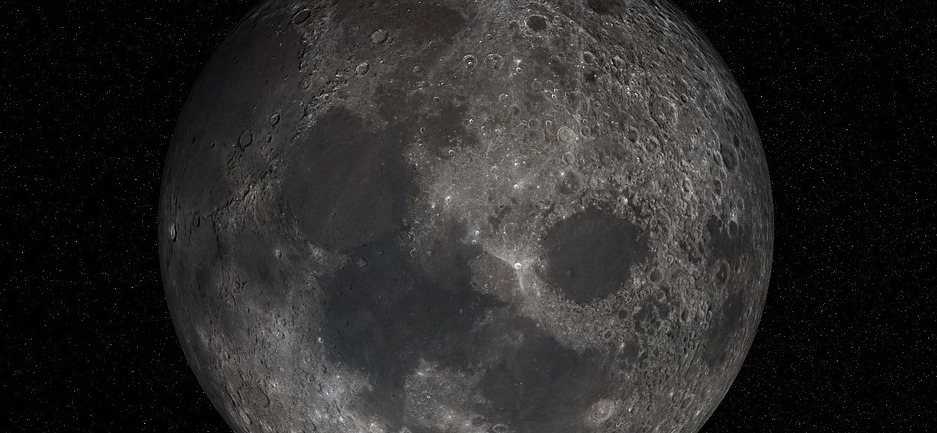Sperello di Serego Alighieri is an Italian astronomer. Beginning in 1990, he was at the Arcetri Astrophysical Observatory in Florence, but he has retired from that. More recently, his interest has turned to his ancestor, the poet Dante Alighieri. This past year was the 700th year since Dante’s death, and to mark the occasion, he wrote a book, The Sun and the Other Stars of Dante Alighieri, which has just been translated into English.
Susannah: Sperello, this is actually the third interview that I’ve done with you; you’ve been very kind to speak with me about a variety of topics. In this interview, we’re going to talk about one particular canto in the Paradiso. When I asked you which section of the Commedia was most important to you in your work, or that spoke to you most as an astronomer, as a scientist, you mentioned Canto II of the Paradiso. Can you say more?
Login to read more
Sign in or create a free account to access Subscriber-only content.
Topics:
